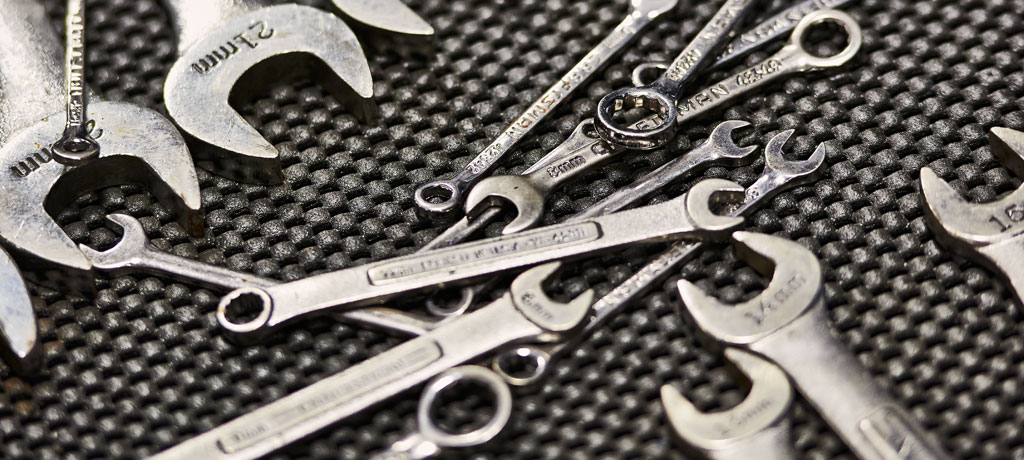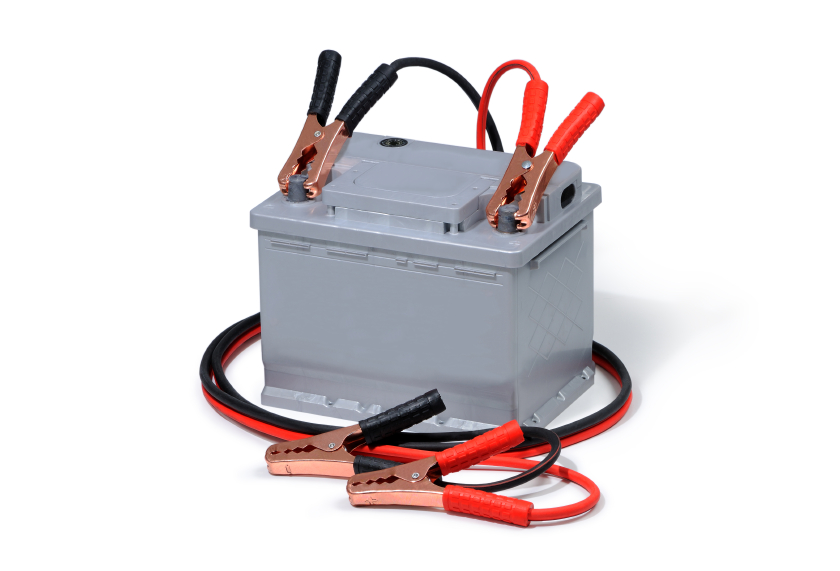If you’re new to owning a vehicle—or even if you’ve had one for years—you may have wondered when to replace its tires. Your car’s tires ensure your vehicle grips the road safely and efficiently, so it’s important to take care of your tires and know when you need a new set.
We’ll help you understand how long tires last and provide common warning signs so you can change your tires before they become a problem.
How Often Do Tires Need to Be Replaced?
There are several factors that go into determining when to replace your tires. In the U.S., the tread of your tires should be at least 2/32” to ensure you’re safe and sound on the road. If your tires are nearing or below this limit, it’s time to consider a replacement.
How long do tires last? The National Highway Traffic Safety Administration (NHTSA) recommends you get new tires every 6–10 years or after the old set has gone 50,000 miles. However, certain conditions might prompt an earlier tire change:
- If your driving style includes breaking and accelerating harshly
- If you frequently drive on dirt roads or uneven surfaces
- If your tires aren’t properly aligned, causing portions of your tires to wear out faster
- If you drive exceptionally long distances quite often
Always make sure that no matter how often you replace your tires, the new ones match your vehicle’s specified size.
Should I Replace All of My Tires at Once?
Yes! It’s important to replace all of the tires on your car at the same time. If you only replace one or even two tires, you’ll be driving on some tires that are more worn down than others. This tiny difference in size changes how each tire spins and moves.
Not swapping out all four tires could potentially put you at risk of a car accident, or harm the drivetrain of your car (sending you to the mechanic for an expensive repair).
How Do I Know Which Tires to Buy?
Tires are not a one-size-fits-all product. Each car and owner’s lifestyle has individual needs dictating the requirements for their tires.
To find out which type of tires you need, start by looking at the vehicle’s owner’s manual (usually hidden away in the glove compartment). This will tell you the tire size your car needs.
Once you know the sizing, consider the climate and road conditions where you live. There are four types of tires:
- All-season tires
- Winter tires
- Summer tires
- All-terrain tires
Each tire type will have a different grip and tread based on the weather and surfaces they encounter. For example, if you live in an area that experiences all the seasons, all-season tires are probably your best choice. However, if you live in a warmer climate that never has snow, then opt for summer tires.
Are New or Used Tires Better?
New tires may be more expensive than used ones, but they’re always a better choice. New tires will have the best traction keeping you safe while on the road and they usually have a warranty too, which means if anything goes wrong, you’ll be covered.
Is There a Recommended Time to Replace Your Tires?
Experts don’t have much to say about what time of year you should change your tires. However, we recommend making sure your new tires are in place before rough winter weather hits. Rain, ice, and snow make driving conditions the most dangerous so you’ll need tires with the best grip for the season.
How Do I Know When to Change My Tires?
Knowing how many miles you’ve driven and how many years it’s been since you last got new tires is helpful. However, many people don’t have this information. If this is your situation, don’t worry! There are a few tricks and signs to look for to determine if it’s time for a new set of wheels:
-
Look For Visual Red Flags
Your tires should never look completely smooth. They should always have the distinct grooves and ridges of the tread pattern visible. Cracks or peeling on your tires are also signs it’s time for new ones.
If you notice any bulging or swelling in certain areas, get new tires immediately—yours are at risk of bursting!
-
Check the Tread Depth
Legally, your tread depth should always be more than 1/16 (or 2/32) of an inch deep. You can quickly check your tread depth to replace tires with a penny! Take a penny and place it within the groove of your tire tread, with the top of the head of the president in the groove. If you can see Lincoln’s whole head without any of the tire blocking him, it’s time for new tires.
-
Regularly Check Tire Pressure
Your tires should stay at their optimum pressure according to manufacturing specifications (you can find this information in the owner’s manual). You can easily find the pressure on your tires by using a pressure gauge. If you constantly need to refill your tires or see that your tire pressure lowers, it’s time.
-
Notice If Something Feels Wrong
If you’re driving and you feel constant vibrations or feel like your car slips when you make turns, these are signs your tires need replacement. If you hear odd noises while driving, this is usually also a sign.
Stay Safe with New Tires
Your tires do so much more than simply get you around. They keep you safe and ensure your vehicle performs the best it can. So take care of your tires and get new ones before they reach the end of their life cycle.
If you have any concerns, come to the experts for professional assistance. Stop by Meineke to replace your tires and stay safe on the road!






